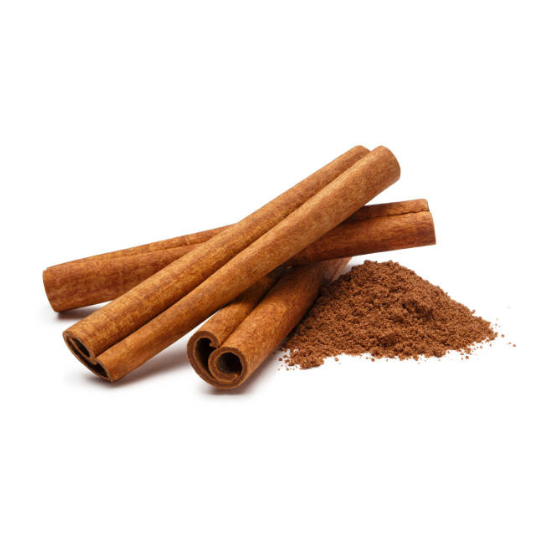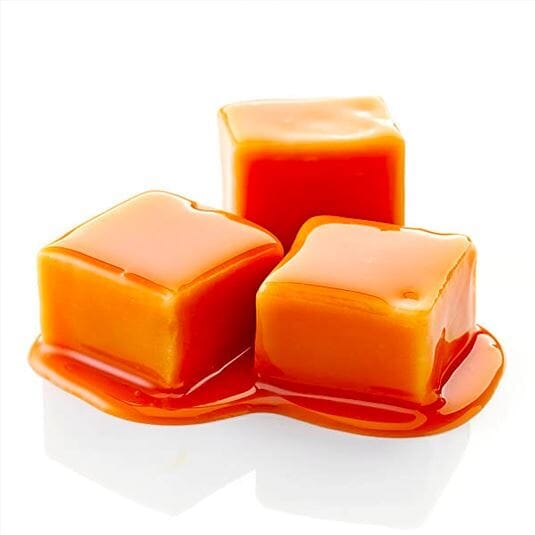Name and etymology of black pepper
Pepper, scientifically known as Piper nigrum, gets its name from the Sanskrit word "pippali." The word "pepper" has its roots in the Latin word "piper" and the Greek word "peperi," both of which mean spice. It belongs to the Piperaceae family.
History of black pepper
Pepper has an illustrious history dating back thousands of years. Its journey began in the lush forests of the Malabar Coast in Kerala, India, where it was cultivated over 4,000 years ago. Initially, it was highly valued for its medicinal properties, used as currency, and became a highly sought-after spice. Pepper also played an important role in religious ceremonies and was believed to possess magical and spiritual powers.
Origin of pepper
Pepper has its roots in the tropical regions of India, particularly Kerala and Karnataka. From there, it gradually spread to other parts of Asia, including China, Southeast Asia, and Japan. The expansion of the pepper trade to Europe occurred during the Roman Empire. By the 16th century, pepper had spread worldwide and become an essential ingredient in European cuisine and a symbol of wealth and luxury.
How to grow pepper
Black pepper plants thrive in warm, humid climates. Pepper berries grow in clusters as vines or climbing bushes and require support structures for proper growth. The growing process requires careful attention to soil quality, irrigation, and protection from pests and diseases.
Pepper-producing regions
While India remains a major pepper producer, other countries have also emerged as major players in its cultivation. Regions such as Sri Lanka, Indonesia, Vietnam, Brazil, and Malaysia are renowned for their production of high-quality pepper.
Besides black pepper, there are other varieties commonly referred to as "pepper" in the culinary and aromatic world, such as Szechuan pepper. Although Szechuan pepper doesn't belong to the Piper nigrum family like black pepper, it is still considered a type of pepper due to its similar hot and spicy characteristics.
Black pepper plantation
The vines are planted near support structures, allowing them to climb and spread. The plant is a climber, and its fruits grow on long vines that can reach 30 feet long. The plants require constant moisture and partial shade during cultivation.
The development of black pepper
Pepper begins as small vines and gradually continues to grow. Flower clusters appear, giving rise to small green peppercorns. These peppercorns then undergo a maturation process and turn black when ripe. Black pepper is made by drying the unripe fruits until they turn black and shrivel. This process enhances the pepper's warm, spicy notes and adds depth to its exceptional aroma.
Black pepper harvest
Black pepper is harvested when the peppercorns have reached the desired level of maturity and color. The fruit is harvested while still green and unripe, as this is when it contains the highest concentration of essential oils that give the pepper its characteristic aroma.
Processing and transformation of black pepper
After harvesting, black pepper undergoes processing to remove the outer layer, revealing the inner peppercorn. The peppercorns are then dried under controlled conditions to preserve their aroma and flavor and to allow the oils to concentrate.
Black pepper odor profile
Pepper is used for its unique, woody, spicy, and slightly sweet aroma, which blends well with other fragrances. Black pepper's aromatic profile is characterized by its warm, spicy, and pungent odor. It has a distinctive, pungent, and peppery aroma, with earthy notes and a subtle sweetness.
The aroma of black pepper is often described as both stimulating and comforting, making it a popular choice in perfumery.
The manufacturing stages
To make a black pepper perfume, essential oils are used. These are extracted from the pepper berries. Once the essential oil is extracted, it is blended with other ingredients to create the final perfume. These ingredients are then mixed together to achieve the desired scent profile.
Uses of Black Pepper
Pepper is not only used in perfumes, but also in home fragrances like candles and diffusers. Additionally, pepper can also be found in other scented products like soaps, lotions, and even shampoos. Furthermore, it is also used in the production of cosmetics, perfumes, and personal care products due to its extraordinary aromatic qualities.
The benefits of black pepper
In addition to its uses in perfumery and cooking, black pepper is also known as an antioxidant and has anti-inflammatory and antibacterial properties that can help support respiratory health and overall well-being when incorporated into a balanced diet.
Olfactory accord around black pepper
In perfumery, black pepper is used as a top note and blends well with various fragrance notes, creating captivating olfactory combinations. It pairs beautifully with citrus notes like bergamot, fruity notes like grapefruit, floral fragrances like rose, and woody elements like cedarwood or sandalwood. The rich and complex scent of black pepper can also be combined with other spices like cardamom and nutmeg to create an exotic and mysterious fragrance.
Popular black pepper flavors:
• Blackpepper by Comme des Garçons : This fragrance is known for its intense, spicy scent of black pepper. It combines black pepper with other notes like cedarwood, patchouli, and tonka bean, creating a sophisticated and captivating scent that is both warm and spicy.
• Fille en Aiguilles by Serge Lutens : In "Fille en Aiguilles," the black pepper note blends harmoniously with other ingredients such as pine needles, incense, and spices. This combination creates a unique olfactory experience that captures the essence of a winter forest, with the black pepper adding a layer of complexity and sensuality.
• Spicebomb by Viktor & Rolf : In this fragrance, black pepper plays a prominent role in the composition of the perfume. It is one of the key notes that contribute to its spicy and fiery character. The black pepper note adds a lively and invigorating kick, providing an intense and energetic start to the fragrance.
• Givenchy 's L'Ange Noire Eau de Parfum is a captivating and captivating fragrance that harmoniously blends floral and woody notes. Its mysterious and sensual trail envelops the wearer in a seductive and elegant aura.
• Black XS Eau de Parfum by Paco Rabanne is an iconic and rebellious fragrance, with floral and fruity heart notes combined with base notes of black pepper and vanilla, for a spicy and gourmand facet.
• Part of the black collection created by Serge Lutens, Poivre Noir Eau de Parfum is a woody and spicy fragrance for men and women, blending Madagascar black pepper with nutmeg and cedarwood in the base note.
Black Pepper Perfumes from Bon Parfumeur:
Here are some notable Bon Parfumeur fragrances that incorporate black pepper:
• Eau de Parfum 602 : This fragrance is a unique blend of black pepper, cedar, and patchouli. It combines the spicy and warm notes of black pepper with the woody and earthy qualities of cedar and patchouli, resulting in a bold and sophisticated fragrance.
• Eau de Parfum 601 : This fragrance features black pepper alongside other complementary notes such as bergamot, cinnamon, and vanilla. The presence of black pepper adds a touch of spice and vibrancy to this warm and welcoming fragrance.
• Eau de Parfum 901 : Here, black pepper is skillfully blended with other complementary ingredients to create a balanced and sophisticated fragrance. The presence of black pepper adds a touch of spice and intrigue to the overall composition, creating a captivating olfactory experience.
Our French perfumers skillfully exploit the aromatic properties of black pepper in their compositions, thus offering sophisticated perfumes with a pronounced character . If you would like to try them, find them in our discovery offer .










